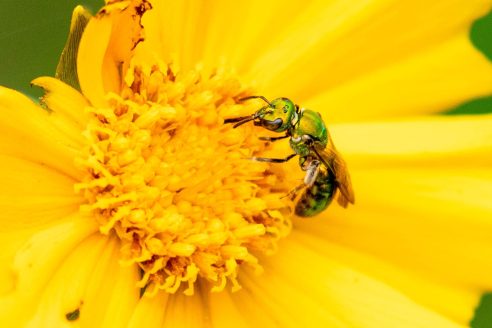Wildlife
Learn more about your favorite Chesapeake Bay wildlife.
Showing 21 - 30 of 164 stories
With its unique look and distinctive song, this bird is a golden find
January 14, 2025Golden-winged warblers face the threat of habitat loss
Read story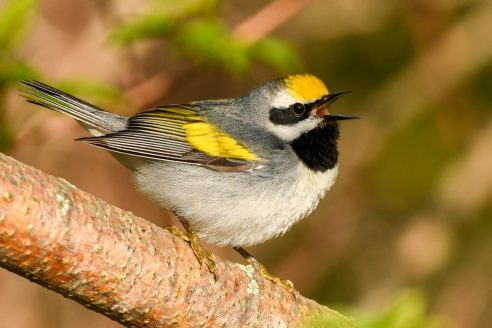
Year in photos: The Chesapeake watershed in 2024
December 24, 2024Visions of what’s at stake in the restoration effort
Read story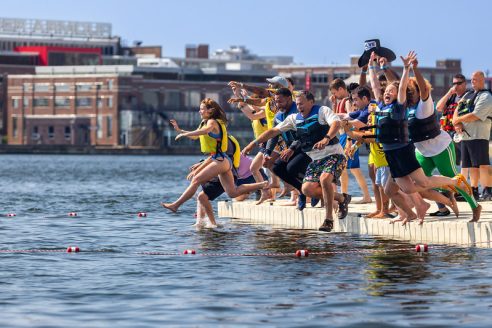
The black skimmer is a rare find in the Chesapeake region
December 9, 2024This skillful forager has trouble finding safe, undisturbed beach habitat
Read story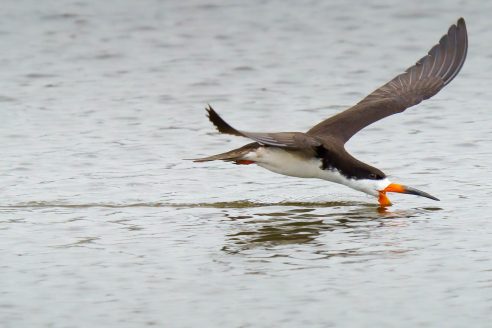
Juvenile striped bass numbers low in both Maryland and Virginia
November 25, 2024Habitat pressure is impeding reproduction for the Bay’s signature fish
Read story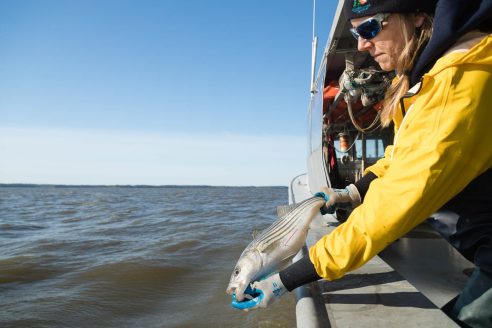
The Eastern whip-poor-will is a vocal night-time forager who is attuned to the moon
November 6, 2024This native bird was named after its distinctive call
Read story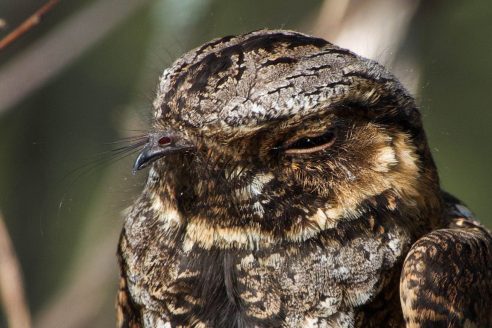
Brook trout resurgence in the Potomac headwaters is a beacon of hope
October 31, 2024New funding helps Trout Unlimited continue its restoration work
Read story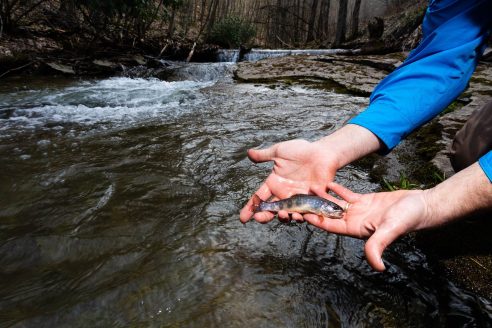
These creatures celebrate Halloween every day with their permanent costumes
October 30, 2024Five critters around the watershed use mimicry to protect themselves
Read story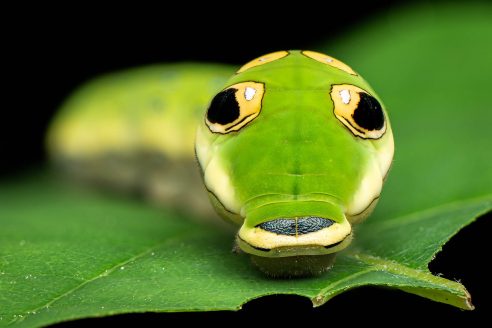
In search of a true river monster
October 29, 2024The Atlantic sturgeon is slowly recovering in Virginia
Read story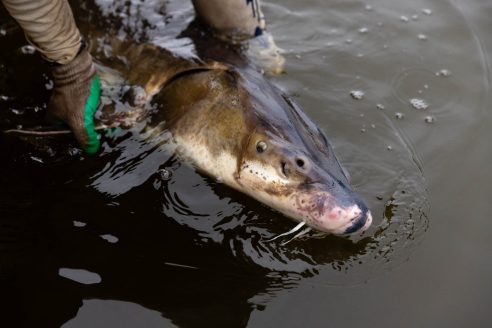
The bloodroot plant is so much more than just an early spring flower
August 6, 2024The bloodroot plant possesses a bright red sap sometimes used as a natural dye
Read story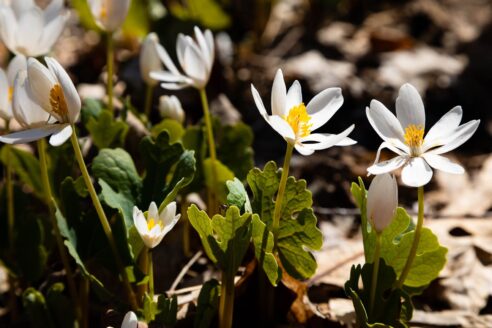
Being an influential pollinator is no sweat for these bees
July 17, 2024Sweat bees possess unique traits that make them crucial for pollination
Read story